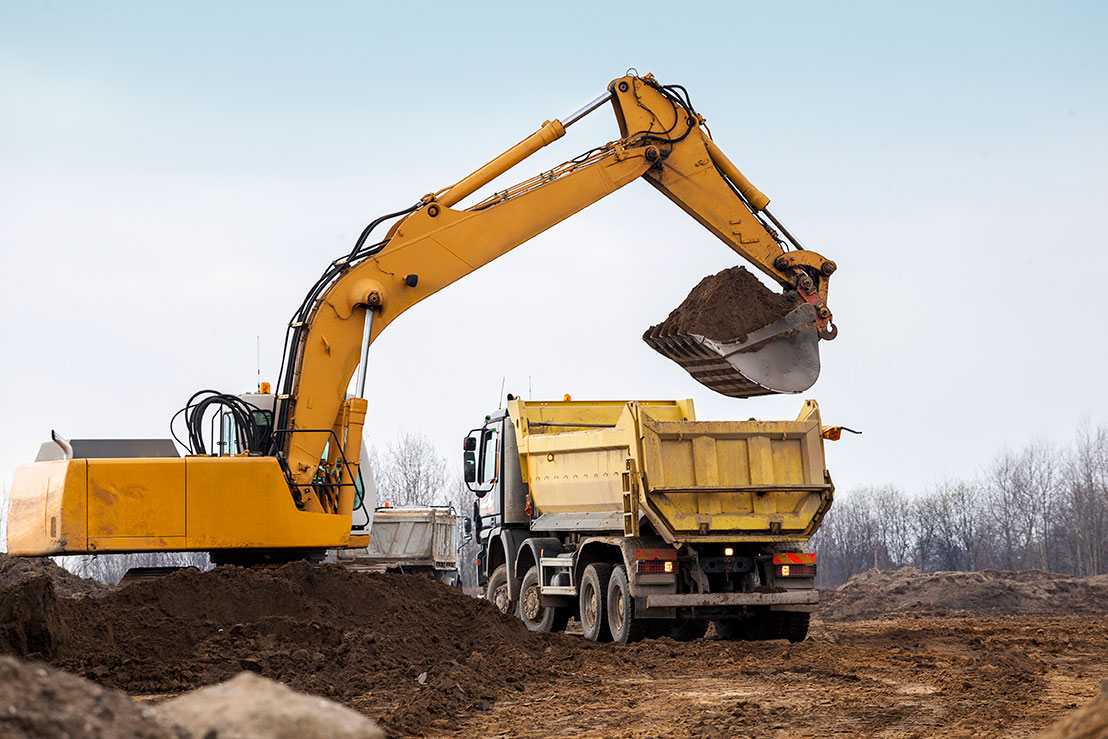
The Definition Of Excavation In Construction Explained
Excavation is a fundamental process in the construction industry that involves the careful removal of soil, rocks, and other materials from a site. It is a crucial step in preparing the groundwork for various construction activities. In this post, we will explore the definition of excavation in construction, shedding light on its importance, methods, and its contribution to effective site management.
Definition of Excavation
Excavation can be defined as the controlled removal of earth materials from a construction site to create space, establish proper foundations, and facilitate the installation of underground utilities. It is a process that requires careful planning, engineering, and adherence to safety regulations to ensure the successful execution of construction projects.
Importance of Excavation in Construction
Excavation plays a vital role in construction projects, offering several key benefits for site management:
Foundation Preparation: Excavation enables the creation of a suitable foundation for structures. By removing soil and other materials, construction professionals can establish the necessary depth and stability required for building footings, basements, or utility installations.
Utility Placement: Excavation provides access for the installation of underground utilities such as water lines, sewer systems, electrical conduits, and communication cables. It allows for proper positioning and connection of these essential infrastructure components.
Site Preparation: Excavation clears the construction site from any obstacles, including trees, rocks, or existing structures, that need to be removed or relocated before construction can commence. This ensures a clean and ready-to-build site.
Earthmoving: Excavation also involves the relocation of soil and materials within the site or their removal from the site entirely. This process may include cutting (removing material) or filling (adding material) to achieve the desired elevation and contours for construction purposes.
Hazard Identification and Mitigation: Excavation allows for the identification and removal of potential hazards on the site, such as underground storage tanks, contaminated soil, or unexploded ordnances. It contributes to a safe and compliant work environment.
Methods of Excavation
Excavation can be carried out using various methods, depending on the site conditions, project requirements, and the type of materials being excavated. Common methods include:
Manual Excavation: This method involves manual labor using hand tools such as shovels, picks, and wheelbarrows. It is suitable for small-scale projects or areas with limited access where heavy machinery cannot be utilized
Mechanical Excavation: Mechanical excavation involves the use of heavy machinery such as excavators, backhoes, trenchers, or bulldozers. These machines have the capability to remove large volumes of soil and materials quickly and efficiently. Mechanical excavation is ideal for larger-scale projects or sites with ample space.
Vacuum Excavation: Vacuum excavation, also known as hydro excavation, utilizes high-pressure water and suction to excavate soil and materials. This method is particularly useful in sensitive areas where the risk of damaging existing underground utilities or structures is high. Vacuum excavation provides a non-destructive and precise excavation technique.
Blasting: In cases where the soil or rock is exceptionally hard or dense, controlled blasting methods may be employed. Blasting involves the use of explosives to fragment and loosen the material, facilitating excavation. This method requires careful planning, permits, and adherence to safety regulations.
Safety Considerations in Excavation
Excavation poses certain risks that must be addressed to ensure the safety of workers and the surrounding environment. Key safety considerations include:
Soil Stability: Excavation may expose workers to the risk of soil collapse or cave-ins. Proper shoring, bracing, or sloping techniques are essential to maintain soil stability and prevent accidents.
Underground Utilities: Careful planning and coordination are necessary to identify and locate existing underground utilities before excavation. This helps prevent accidental damage and ensures the safety of workers and the integrity of existing infrastructure.
Hazardous Materials: Excavation in areas that may contain hazardous materials, such as contaminated soil or underground storage tanks, requires specialized procedures and safety measures to mitigate risks and protect workers' health.
Equipment Operation: Operators of excavation machinery must be properly trained and follow safe operating procedures to prevent accidents and injuries.
Excavation is a vital component of construction projects, encompassing the controlled removal of soil, rocks, and materials to create space, establish foundations, and facilitate utility installations. Effective site management requires careful planning, engineering, adherence to safety regulations, and the selection of appropriate excavation methods. By prioritizing site management practices, including excavation, construction teams can lay the groundwork for successful project execution while ensuring safety, efficiency, and compliance with regulations.

